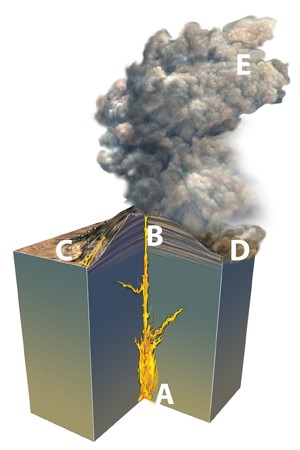Why is the solution to pollution not always dilution?
A. Some pollutants cannot be dissolved in any solvent.
B. Water itself is a pollutant.
C. Liquid pollutants cannot be dissolved in water.
D. Some pollutants are toxic at such low concentrations that they cannot be practically diluted.
Answer: D
You might also like to view...
What type of polymer would be best to use in the manufacture of stain-resistant carpets?
A. nylon B. Teflon C. cellulose D. Melmac
At a certain depth, the spaces in soil and rock are completely filled with water. What is this called?
A. the zone of saturation B. watershed C. runoff D. surface water E. the bedrock
The site on the figure below that would most likely form a rock with large crystals is
A. A. B. B. C. C. D. D. E. E.
The eventual result of ________ is to reduce almost all stream-carried debris to very small silt particles
A) splash erosion B) rill erosion C) abrasion D) sheet erosion E) precipitation